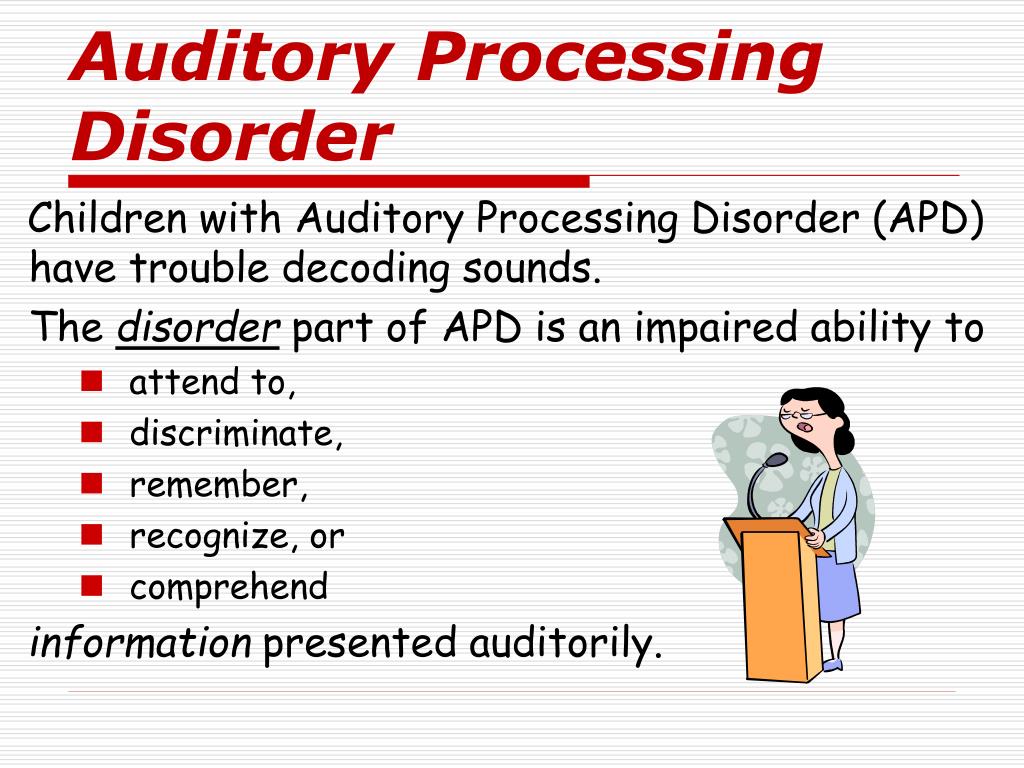

- #Processing disorder how to#
- #Processing disorder manuals#
- #Processing disorder manual#
- #Processing disorder skin#
These cognitive areas include the following: Processing Individuals can have strengths, weaknesses or average functioning in any or all of these areas, which psychologists can analyze to identify individual profiles and needs. The various ways of identifying a processing disorder makes it hard understand the disorder. Each of these areas should be reviewed with a psychoeducational evaluation or assessment performed by a licensed psychologist. Here is one model adapted from the Woodcock-Johnson Tests of Cognitive Abilities, which breaks down processing and memory problems into specific areas of cognitive (thinking) abilities. With so many options to identify a processing disorder, it can be hard to understand its many aspects.
#Processing disorder how to#
If you’ve kept note, these were five possible diagnoses for one issue! How to Identify a Processing Disorder A psychologist or psychiatrist might diagnose the child with ADD or ADHD. A speech/language pathologist might label it as a Receptive Language Disorder. Click To TweetĪn audiologist would most likely diagnose this issue as an Auditory Processing Disorder or Central Auditory Processing Disorder.
#Processing disorder manual#
There is no official disorder in any diagnostic manual called "Processing Disorder". With this type of problem, a child might have difficulty paying attention with background noises going on, when asked to listen for long periods of time or recalling multiple pieces of information.
#Processing disorder skin#
#Processing disorder manuals#
There are currently no diagnostic manuals labeling any disorder as a “processing disorder”, and there is limited agreement across professional disciplines if such a thing even exists. A processing disorder can result from a breakdown of this system, meaning the memory may not be effectively processed and/or retained and/or retrieved. If information is stored in long-term memory, which ranges from 5 minutes to years, it must be “catalogued”, meaning it will be stored in such a way that makes it easier to remember at a later time. One example of a processing disorder can involve memory. The next step involves what the brain will do with that information. This information must first be received through our senses, meaning it has to be seen, heard, smelled or felt. “Processing” refers to how information is dealt with by the brain. Identifying a processing disorder in your child can be a challenge, but Rice Psychology Group will do everything in its power to find and treat the issue. However, it’s very important to understand that adults can also deal with the same issue and may find the information below helpful. This piece will highlight what a processing disorder is and how it can be treated in children. The term itself can be difficult to understand as it has several meanings. Parents, teachers and doctors sometimes mention children having a “processing disorder”.

Her parents and teacher are unsure whether Betsy might have an attention disorder, a processing disorder, a hearing problem or a learning disability. She often requires more time than other students to both start and complete her work. When the teacher meets with students in small groups, Betsy seems easily distracted and needs frequent redirection to stay on task. Betsy often has difficulty following directions and seems to forget instructions almost as soon as they are explained. She has many friends in her class and loves everything about dogs and cats. Request a Member of Our Team to Speak at Your Next Event!īetsy is a sweet 3rd grader who wears her long hair in two braids and loves to run errands for her teacher.

FAQ – Diagnostic Interviews, Testing and Assessment.Psychotherapy, Mental Health Support & Counseling.Attention Deficit Hyperactivity Disorder.


 0 kommentar(er)
0 kommentar(er)
